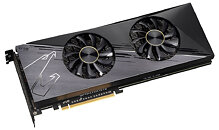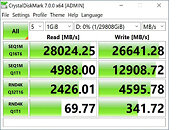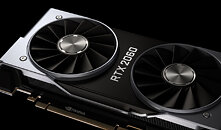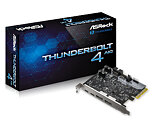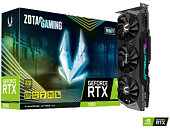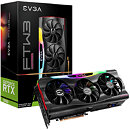
NVIDIA is Rushing GeForce RTX 4090 Orders to China Before Export Restrictions
NVIDIA is reportedly rushing shipments of GeForce RTX 4090 GPUs to China in anticipation of expected export restrictions. We have already reported that NVIDIA might be canceling 5 billion US Dollars worth of orders. The US government will require an export license for shipping RTX 4090s to China, effectively restricting sales to the country. NVIDIA's add-in-board (AIB) partners are reportedly working at full capacity to produce as many RTX 4090 products for the Chinese market as possible before the potential restriction on November 17. While it remains unclear whether the export restrictions will ultimately be implemented, the anticipation of such measures has prompted NVIDIA and its partners to accelerate their production.
The Tweet that feeds this information is coming from Zed Wang, a well-known hardware leaker with historically accurate insights into NVIDIA's operations, who claims that "NVIDIA has been shipping tons of AD102 for AICs this week to manufacture as much RTX 4090 as possible before the original restriction date of RTX 4090 in China. It is still unclear whether the restriction will become true or not. But all AICs are at their full power in producing RTX 4090, regardless of that."
The Tweet that feeds this information is coming from Zed Wang, a well-known hardware leaker with historically accurate insights into NVIDIA's operations, who claims that "NVIDIA has been shipping tons of AD102 for AICs this week to manufacture as much RTX 4090 as possible before the original restriction date of RTX 4090 in China. It is still unclear whether the restriction will become true or not. But all AICs are at their full power in producing RTX 4090, regardless of that."

































